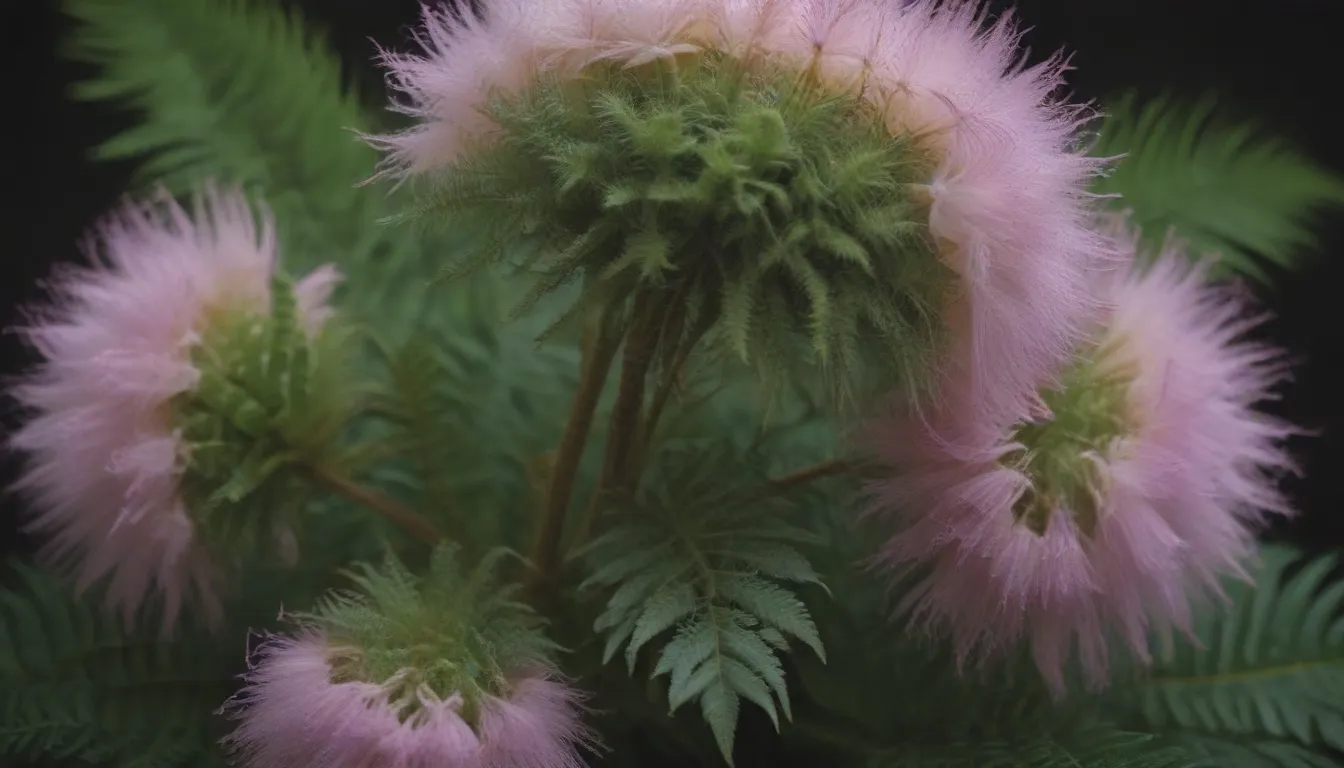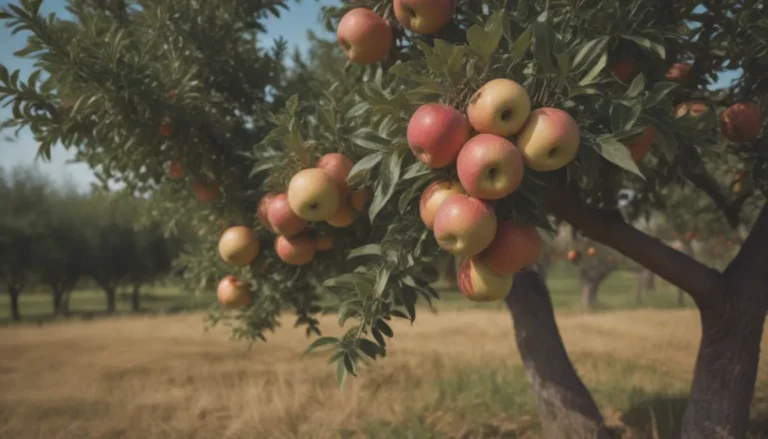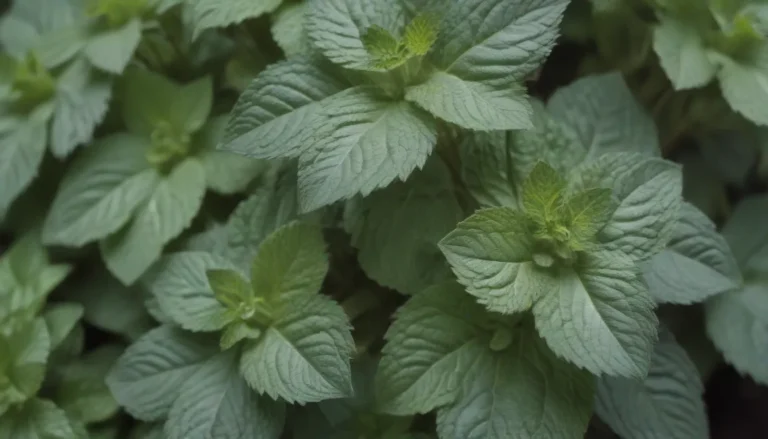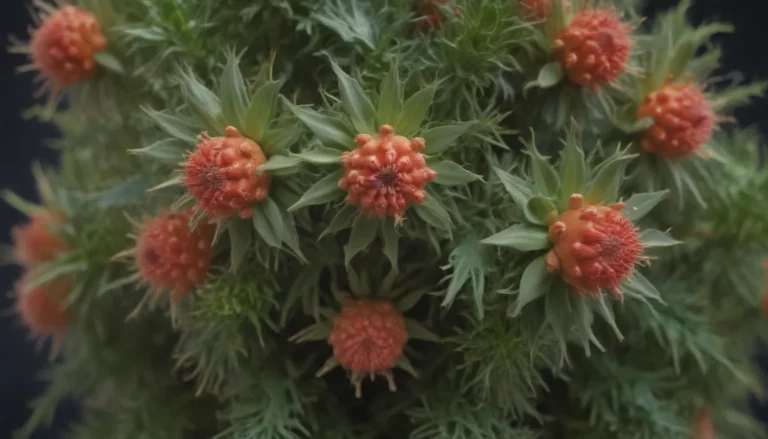A Comprehensive Guide on Growing and Caring for Sensitive Plant

Hello there, fellow plant enthusiasts! Today, we are diving into the wonderful world of the sensitive plant, also known as the shy plant. This unique plant is not just a delight to look at with its delicate purple pompom flowers but also fascinating to observe with its responsive leaf movement. In this comprehensive guide, we will walk you through everything you need to know to successfully grow and care for your very own sensitive plant.
Understanding the Sensitive Plant
The sensitive plant, scientifically known as Mimosa pudica, is a creeping shrub or short-lived perennial that captivates with its thigmomorphogenic response. This natural defense mechanism causes the leaves to fold inwards when touched, temperature changes, or motion is detected. Moreover, the plant closes its leaves at night, adding an extra layer of intrigue to its behavior.
Key Characteristics of Sensitive Plant:
- Delicate purple pompom flowers
- Responsive leaf movement due to thigmomorphogenesis
- Closes its leaves at night for added protection
Ideal Growing Conditions for Sensitive Plant
For your sensitive plant to thrive and flourish, it is essential to provide the right growing conditions. Let’s break down the key care requirements for this unique plant:
Light:
- Sensitive plants thrive in full sunlight
- Requires at least eight hours of daylight
- Can tolerate partial shade but prefers bright, sunny locations
Soil:
- Well-draining, loamy soil is ideal
- Add peat moss to enhance drainage
- Sensitive plants prefer nutrient-poor soil, so avoid overly rich soil
Water:
- Keep the soil consistently moist but not waterlogged
- Avoid letting the plant sit in excess water to prevent root rot
- Water sparingly in winter months
Temperature and Humidity:
- Ideal temperature range is between 65 to 75 degrees Fahrenheit
- Moderate to high humidity levels are beneficial
- Indoor plants may benefit from a humidifier or tray of water to increase humidity
Fertilizer:
- Sensitive plants do not require frequent fertilizing due to their natural habitat
- If desired, apply a high-potassium liquid fertilizer diluted to half strength during the growing season
- Water the plant before fertilizing to avoid root damage
Types of Sensitive Plant
While there are no named cultivars of sensitive plant commonly available, the species form is typically cultivated. Another plant in the Mimosa genus, such as Mimosa tenuiflora or M. hostilis (Mimosa tree), can also be grown in suitable zones.
Pruning and Propagation
To keep your sensitive plant healthy and vibrant, regular pruning and propagation are essential.
Pruning:
- Trim the plant regularly to maintain a full and bushy appearance
- Prune leggy stems to encourage a more compact growth habit
- Train trailing stems to climb a trellis for added visual appeal
Propagation:
- Propagate sensitive plants through seeds or stem cuttings
- Seeds are the most reliable method for growing new plants
- Stem cuttings can also be used for propagation
How to Grow Sensitive Plant From Seed
To grow new sensitive plants from seeds, follow these simple steps to encourage germination:
- Start with high-quality seeds
- Create a suitable potting mix
- Sow the seeds at the appropriate depth
- Keep the soil consistently moist
- Provide adequate sunlight for germination
Potting and Repotting
Sensitive plants grow rapidly and may require frequent repotting as they outgrow their containers. Here are some tips for potting and repotting your plant:
- Choose a self-watering planter with drainage holes
- Repot when roots poke out of drainage holes
- Be prepared to repot multiple times in a single year
- Allow the plant some time to recover after repotting
Overwintering and Common Pests
Sensitive plants may be considered annuals due to their deterioration after blooming, particularly indoors. Overwintering practices and common pest management are crucial for plant health:
- Reduce watering slightly during winter months
- Monitor for pests like spider mites, mealybugs, and thrips
- Treat pest infestations promptly with non-toxic horticultural oil
How to Get Sensitive Plant to Bloom
While the delicate foliage of the sensitive plant is its main attraction, the pink-purple pompom flowers are a delightful bonus. Learn how to encourage blooming and care for your plant post-bloom:
- Ensure adequate light exposure for flowering
- Maintain optimal temperature ranges for flower production
- Save seeds for propagation after blooming
Troubleshooting Common Problems
If you encounter issues like rapid decline, leggy stems, or yellowing leaves with your sensitive plant, here are some troubleshooting tips:
- Rapid decline after blooming is a natural part of the plant’s lifecycle
- Ensure adequate sunlight to prevent leggy stems
- Monitor humidity levels and water appropriately to prevent yellowing leaves
The fascinating mechanisms behind the leaf movement of the sensitive plant showcase the beauty and complexity of the natural world. Observing these intricate responses can deepen our appreciation for plant life and the environment.
In conclusion, growing and caring for sensitive plants can be a rewarding experience for any plant lover. By following the guidelines outlined in this comprehensive guide, you can create an optimal environment for your sensitive plant to thrive and flourish. Remember to observe, learn, and enjoy the unique behaviors of this fascinating plant as it responds to the world around it.
Happy gardening! 💚🌿
References:
– Pérez-Hernández, Valentín, et al. The Potential of Mimosa Pigra to Restore Contaminated Soil with Anthracene and Phenanthrene. REVISTA TERRA LATINOAMERICANA, vol. 38, no. 4, 2020, pp. 755–69. doi:10.28940/terra.v38i4.603
– University at Albany—State University of New York. Ooh, That Smell: Plants Use Emissions as Self-Defense.
– Texas A&M Agrilife Extension. Light, Temperature and Humidity.





